Clubbing
Air Academy is full of diversity. Different groups of friends, different classes to take, different sports teams to join, and more than enough different clubs to be a part of. From Chem Club to Drama Club to Chess Club to Friends of Rachel club, Air Academy truly offers it all. Although the process of creating a club is fairly straightforward (getting a teacher supervisor and an approved admin signature), deciding whether a club should be curricular or non-curricular can get a little fuzzy.
Curricular clubs are those that are directly connected to an academic class or school curriculum. For example, Bowling Club is curricular because of its connection to physical education. French Club is curricular because of its connection to language. Non-curricular clubs are those that don’t fall into an academic category. For example, Book Club, although it can be perceived as English related, doesn’t fall into a category suitable for academic achievement and instead leans toward leisure. Tea Club isn’t curricular because… well… some are more self-explanatory than others. Out of the 35 different clubs we offer at AAHS, 28 are approved curricular clubs (outlined in the student handbook). A few curricular clubs include AAVO (Air Academy Volunteer Organization), Art Club/National Art Honor Society, Conservation Club, and Math Team.
So why does it matter how a club is classified? Well, there are certain restrictions in place to distinguish the difference. For instance, if a club is non-curricular, then that club is not allowed to meet during Academy and can only hold club meetings during lunch or after school. While this may seem easy to work around, many students enjoy their lunch period by going off (exclusive to upperclassmen) or spending time with their friends; therefore, club meetings during lunch usually aren’t as successful as ones during academy, regardless of subject matter.
Alongside (potential) lower attendance of non-curricular clubs because of restrictions, these clubs can’t advertise in hallways or on the school announcements; they can only advertise on the three community boards around the school (located outside of room 505 in lower D, outside the main office, and in the library). Additionally, because non- curricular clubs are not school sponsored, school supervisors are not allowed to comment or participate in any club activity. On top of that, if anything outside of club meetings are done (such as holding events outside of school), they cannot be school affiliated or even recognized by the district.
Unfortunately this past year, the line between curricular and non-curricular became even fuzzier than it was before. Spectrum Club (formerly known as GSA – Gay Straight Alliance) was shifted from being a curricular club to a non-curricular one. Spectrum used to be labeled as curricular under the umbrella of diversity; in addition to Spectrum, other clubs that fell under diversity included African American Club and Justice Club. During the 2014-2015 school year, an announcement was made advertising Spectrum about “exploring different sexual identities.” Because the reports are posted online, a parent saw the statement and reported it to the administration, and we all know that when parents get involved, parents get their way – school sponsorship was immediately taken away.
This debacle sparked many questions as to whether the curricular/non-curricular labels are fair. Formally, Spectrum Club is not curricular now because sexuality is not part of school curriculum. But the fuzzy lines continue because sexuality does exist in school curriculum. For example, psychology, history, and most prominently health, all incorporate aspects of sexual education. Mrs. Augsten, an English and History teacher, and the former sponsor of the club, commented on the situation. “This year, we applied for the charter and were denied by the school district. I love Spectrum Club because the club helps to support and understand what it’s like to be a minority in a majority community. The name change from GSA to spectrum was in hopes of keeping the club curricular, but it was not successful.” As of this year, Mrs. Austgen has stepped down from her position as school sponsor and Mrs. Robson has taken over.
In light of many controversies that have begun, students were asked whether they believe it’s fair that only curricular clubs can meet during Academy. Kelsey McKenna, a senior and officer for SHS, comments, “I don’t think it’s fair that only academic clubs can meet during academy. I actually didn’t even know that was a rule, because every club there is celebrates something unique or special, and it doesn’t make sense to limit or inconvenience someone’s passions for no apparent purpose.” Ashley Davis, a fellow senior, agrees: “No, it is not fair; it makes it hard to be in multiple clubs because of overlapping time commitments.” On the opposite side, Audrey Levens, a senior and member of the Jetstream Journal, states, “I would say that it is fair because Academy is meant to be used academically, and not all clubs fall under that category.”
Ultimately though, any club, curricular or non-curricular, holds Kadet pride. To support this, various students were asked how clubs can help to diversify the Kadet community. “Having clubs at AAHS helps diversify the school by allowing every part of student life to feel as if they have a place to belong. From Chess Club to GSA, no one is left out at Air Academy. There is a club for everything and it helps make our high school stand out and feel more comfortable with who they are,” says Raquel Arens, a senior and one of the school’s link leaders. Lauren Bown, a senior, has a similar perspective: “Clubs help diversify the school because we are exploring and celebrating other cultures; not many kids would be exposed to such cultures and traditions otherwise.”
Here at AAHS, the student body is lucky to have so many opportunities to engage in innovative and mind-opening clubs and activities; the best part is that each student can stimulate all of their distinctive interests without feeling criticized or unwelcome. Whether we’re considered artsy, athletic, academic, abnormal, or anything in between, at the end of the day, we all wear silver and blue for Air Academy High.
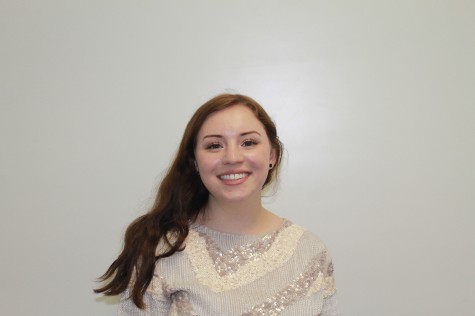
Hi I'm Natasha! I'm a senior at Air Academy and am excited to be on the Jetstream Journal staff for my first and last time. I like to hike and travel and...





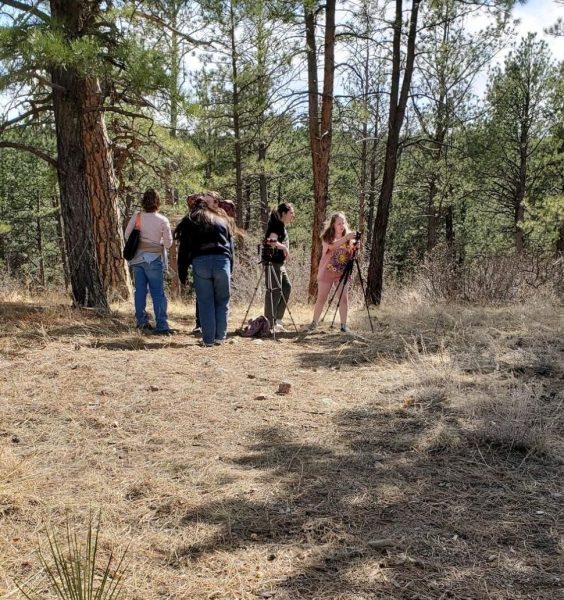

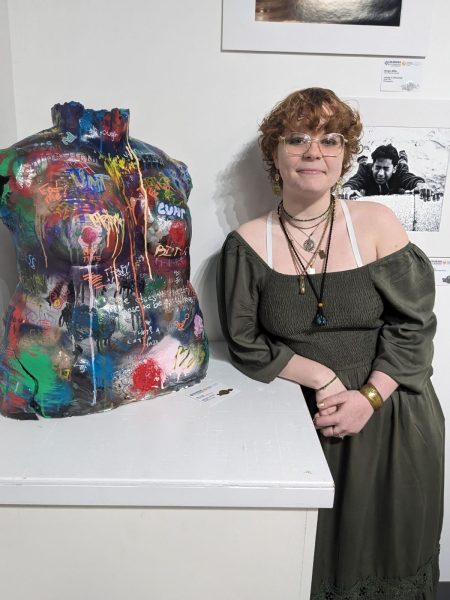
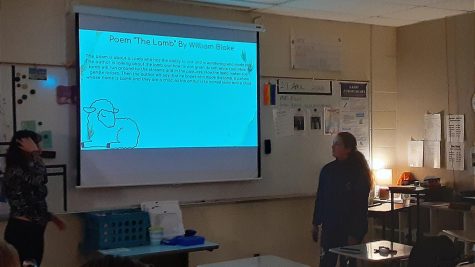
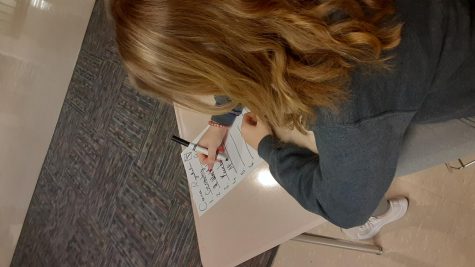
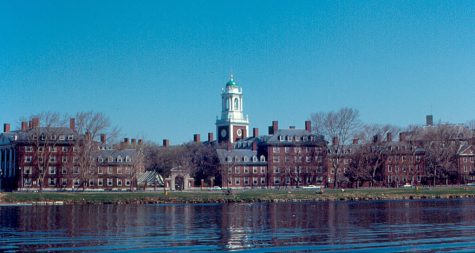



Audrey Levens • Oct 26, 2015 at 10:41 am
Wow! I thought this article was going to be about going clubbing in Denver I was pleasantly surprised!